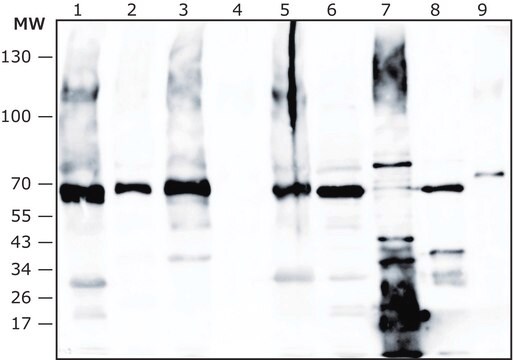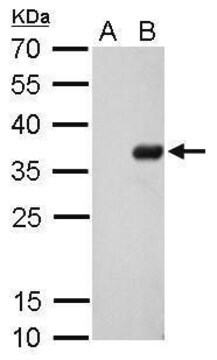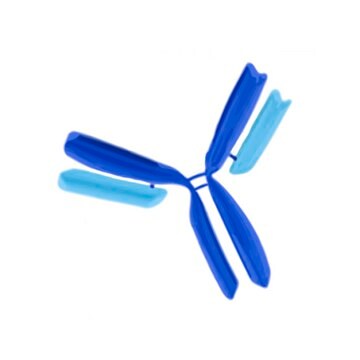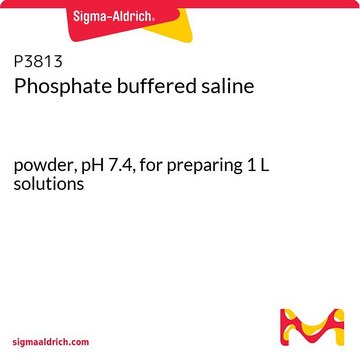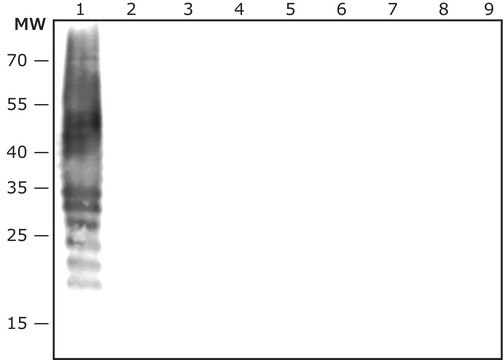SAB4200818
Anti- Proteus mirabilis antibody produced in rabbit
IgG fraction of antiserum
About This Item
Productos recomendados
origen biológico
rabbit
forma del anticuerpo
IgG fraction of antiserum
clon
polyclonal
descripción
Research area: Microbiome
Formulario
buffered aqueous solution
mol peso
~70 kDa
reactividad de especies
Proteus mirabilis
envase
antibody small pack of 25 μL
concentración
~1 mg/mL
técnicas
immunoblotting: 1:10,000-1:20,000 using Proteus mirabilis LPS
indirect ELISA: 1:16,000-1:32,000
Condiciones de envío
dry ice
temp. de almacenamiento
−20°C
modificación del objetivo postraduccional
unmodified
Categorías relacionadas
Descripción general
Inmunógeno
Aplicación
Forma física
Otras notas
Cláusula de descargo de responsabilidad
Código de clase de almacenamiento
10 - Combustible liquids
Clase de riesgo para el agua (WGK)
WGK 1
Punto de inflamabilidad (°F)
Not applicable
Punto de inflamabilidad (°C)
Not applicable
Elija entre una de las versiones más recientes:
Certificados de análisis (COA)
¿No ve la versión correcta?
Si necesita una versión concreta, puede buscar un certificado específico por el número de lote.
¿Ya tiene este producto?
Encuentre la documentación para los productos que ha comprado recientemente en la Biblioteca de documentos.
Nuestro equipo de científicos tiene experiencia en todas las áreas de investigación: Ciencias de la vida, Ciencia de los materiales, Síntesis química, Cromatografía, Analítica y muchas otras.
Póngase en contacto con el Servicio técnico